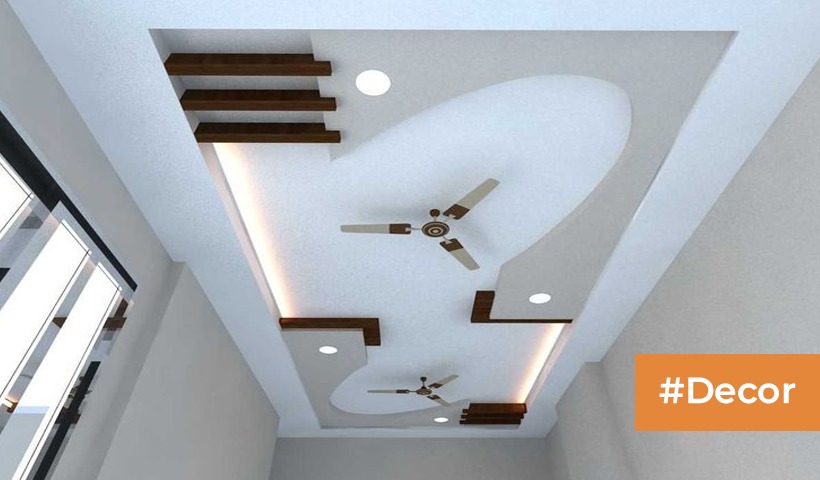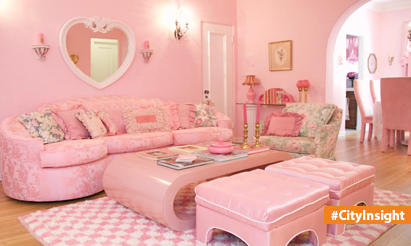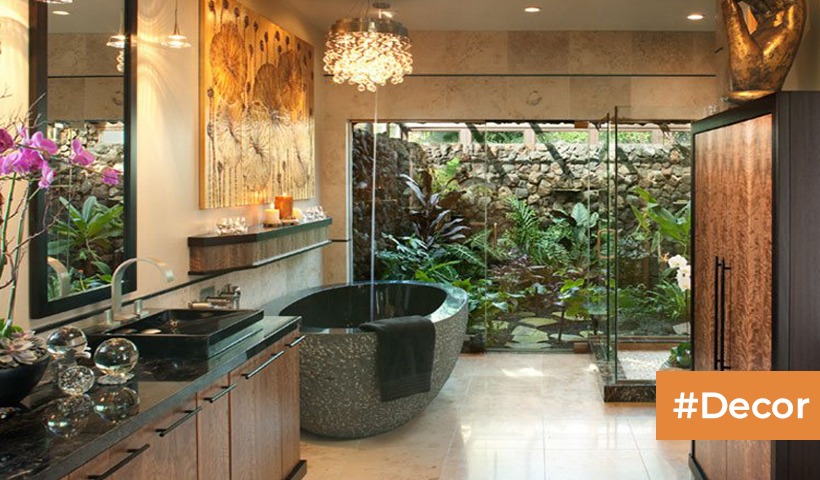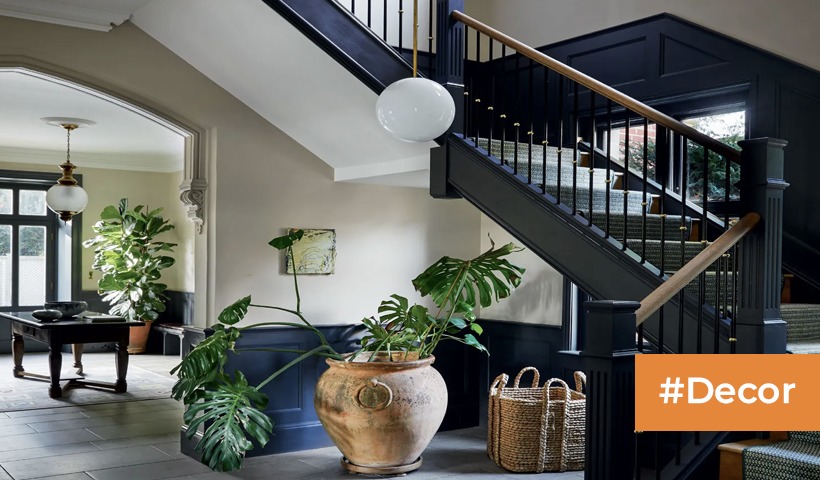Wooden Flooring Texture Types, and Designs
Wooden flooring adds elegance and warmth to any space, making it a popular choice among homeowners and interior designers. One crucial aspect of wooden flooring is selecting the right texture and design, as it can significantly impact the overall aesthetics and functionality of a room.
Types of Wooden Flooring
Solid Wood Flooring
Solid wood flooring is crafted from a single piece of hardwood, offering unmatched durability and timeless beauty. Each plank is milled from a solid piece of timber, providing a sturdy foundation for any space.
Engineered Wood Flooring
Engineered wood flooring consists of multiple layers of wood veneer pressed together, with a top layer of hardwood. This construction makes engineered wood more resistant to moisture and temperature fluctuations, making it suitable for areas where solid wood may not be ideal.
Laminate Wood Flooring
Laminate wood flooring replicates the look of hardwood through a high-resolution image printed onto a fiberboard core. It is affordable, easy to install, and available in a wide range of textures and designs.
Common Wood Species
Wooden flooring comes in various species, each with its unique grain pattern and color. Some popular wood species used in flooring include oak, maple, walnut, cherry, and pine.
Texture Options
Wooden flooring can be finished in different textures, ranging from smooth to distressed, to create various visual effects and tactile sensations.
Smooth Finish
A smooth finish offers a sleek and uniform appearance, perfect for modern and minimalist interiors.
Hand-Scraped Finish
A hand-scraped finish replicates the look of vintage hardwood floors, adding character and charm to any space.
Wire-Brushed Finish
A wire-brushed finish enhances the natural grain of the wood while adding texture and depth to the surface.
Distressed Finish
A distressed finish mimics the weathered look of aged wood, creating a rustic and time-worn aesthetic.
Designs and Patterns
In addition to different textures, wooden flooring is available in various designs and patterns, allowing homeowners to customize their floors to suit their style preferences.
Plank Design
Plank flooring features long, wide boards that create a seamless and spacious look, ideal for open-concept living areas.
Parquet Design
Parquet flooring consists of small wood blocks arranged in geometric patterns, adding visual interest and sophistication to any room.
Herringbone Design
Herringbone flooring features rectangular planks arranged in a zigzag pattern, creating a timeless and elegant look that complements both traditional and contemporary interiors.
Chevron Design
Chevron flooring is similar to herringbone but with angled cuts that form a continuous zigzag pattern, adding a dynamic and eye-catching element to any space.
Factors to Consider When Choosing Texture and Design
When selecting wooden flooring texture and design, several factors should be taken into consideration to ensure the best results.
Room Size and Layout
The size and layout of the room can influence the choice of texture and design, with larger rooms benefitting from wider planks or intricate patterns to create visual interest.
Interior Design Style
The overall aesthetic of the space should guide the selection of texture and design, ensuring harmony and cohesion with the existing decor.
Maintenance Preferences
Different textures and designs may require varying levels of maintenance, so it’s essential to choose options that align with your lifestyle and cleaning routine.
Durability
Consider the durability of the chosen texture and design, especially in high-traffic areas or homes with pets and children, to ensure long-lasting performance.
Pros and Cons of Different Textures and Designs
Each wooden flooring texture and design has its advantages and disadvantages, which should be weighed carefully before making a decision.
Smooth Finish
Pros:
- Easy to clean and maintain
- Modern and versatile
- Suitable for most interior styles
Cons:
- Shows scratches and dents more easily
- Less texture and character compared to other finishes
Hand-Scraped Finish
Pros:
- Adds rustic charm and character
- Hides scratches and imperfections
- Suitable for traditional and vintage-inspired interiors
Cons:
- More challenging to clean than smooth finishes
- Limited availability of wood species and colors
Wire-Brushed Finish
Pros:
- Enhances the natural texture and grain of the wood
- Offers a unique and tactile surface
- Camouflages wear and tear over time
Cons:
- Requires special cleaning and maintenance techniques
- May be more expensive than other finishes
Distressed Finish
Pros:
- Creates a weathered and aged appearance
- Hides scratches and marks effectively
- Adds warmth and character to any space
Cons:
- Limited availability of wood species and designs
- Not suitable for modern or minimalist interiors
Plank Design
Pros:
- Creates a sense of spaciousness and continuity
- Versatile and suitable for most interior styles
- Available in a wide range of wood species and finishes
Cons:
- May accentuate imperfections in the subfloor
- Requires careful installation to maintain alignment
Parquet Design
Pros:
- Adds visual interest and sophistication
- Can be customized with various wood species and patterns
- Conceals minor wear and tear effectively
Cons:
- More expensive than traditional plank flooring
- Requires professional installation for intricate patterns
Herringbone Design
Pros:
- Offers a timeless and elegant look
- Creates visual impact and focal points
- Conceals dirt and debris well
Cons:
- More labor-intensive to install than other designs
- Limited availability of wood species and finishes
Chevron Design
Pros:
- Adds a modern and dynamic element to any space
- Creates a sense of movement and flow
- Conceals minor imperfections in the subfloor
Cons:
- Requires precise installation to achieve the desired pattern
- Limited availability of pre-finished options
Cost Considerations
The cost of wooden flooring can vary significantly depending on the chosen texture, design, wood species, and installation method.
Installation Process
DIY vs. Professional Installation
Deciding whether to install wooden flooring yourself or hire a professional depends on your level of experience and the complexity of the project.
Preparation Steps
Before installation, ensure the subfloor is clean, dry, and level to prevent issues with the finished flooring.
Installation Methods
Wooden flooring can be installed using various methods, including nail-down, glue-down, and floating installation.
Maintenance Tips
Proper maintenance is essential to preserve the beauty and longevity of wooden flooring.
Environmental Impact
Consider the environmental impact of different wood species and production methods when selecting wooden flooring.
Trends in Wooden Flooring
Stay updated on the latest trends in wooden flooring to make informed decisions and create stylish interiors.
Conclusion
Choosing the right wooden flooring texture and design is crucial for creating a beautiful and functional space. By considering factors such as room size, interior design style, and maintenance preferences, homeowners can select options that enhance their homes’ aesthetics and durability.
Get Access Now: https://bit.ly/J_Umma
FAQs
- What is the most durable wooden flooring texture?
- The most durable texture depends on factors such as wood species and finish. Generally, hand-scraped and distressed finishes tend to hide wear and tear more effectively.
- Can wooden flooring be installed in moisture-prone areas like bathrooms?
- While solid hardwood is not recommended for moisture-prone areas, engineered wood and laminate flooring can be suitable with proper sealing and maintenance.
- Are textured wooden floors more difficult to clean than smooth ones?
- Textured floors may require extra care during cleaning to prevent dirt buildup in crevices. However, regular maintenance can keep them looking their best.
- How often should I refinish my wooden flooring?
- The frequency of refinishing depends on factors such as wear and tear, foot traffic, and the type of finish used. On average, wooden floors may need refinishing every 5-10 years.
- Is engineered wood flooring a good option for homes with pets?
- Engineered wood flooring is more resistant to moisture and scratches than solid wood, making it a suitable choice for homes with pets. However, it’s essential to trim pets’ nails regularly to minimize damage.
Disclaimer: The views expressed above are for informational purposes only based on industry reports and related news stories. PropertyPistol does not guarantee the accuracy, completeness, or reliability of the information and shall not be held responsible for any action taken based on the published information.




